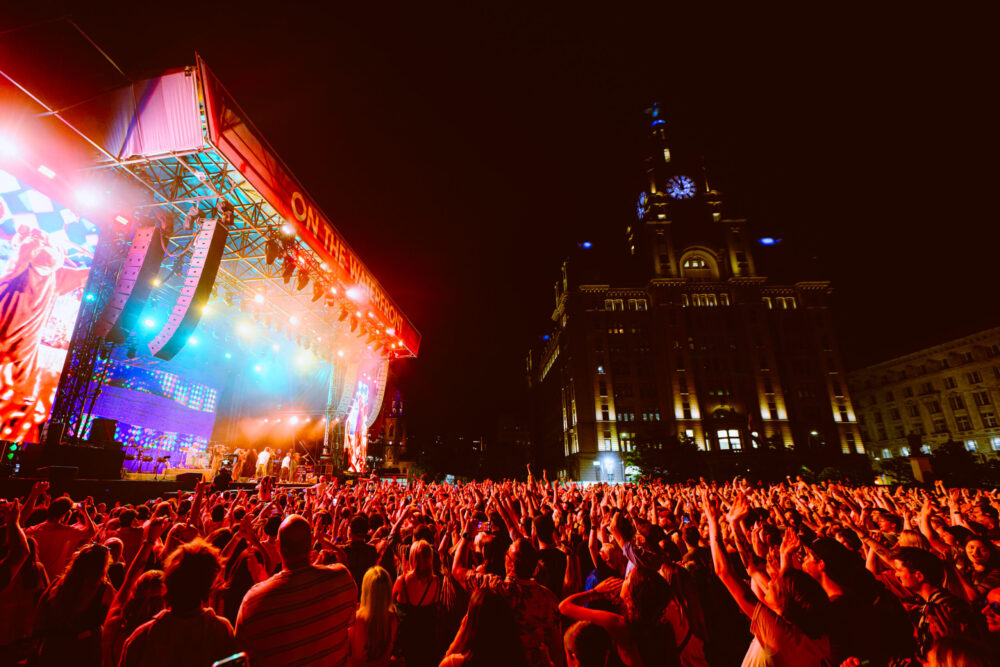
Grand National - Aintree Racecourse
A novice’s guide to a history of the Grand National
2 years ago
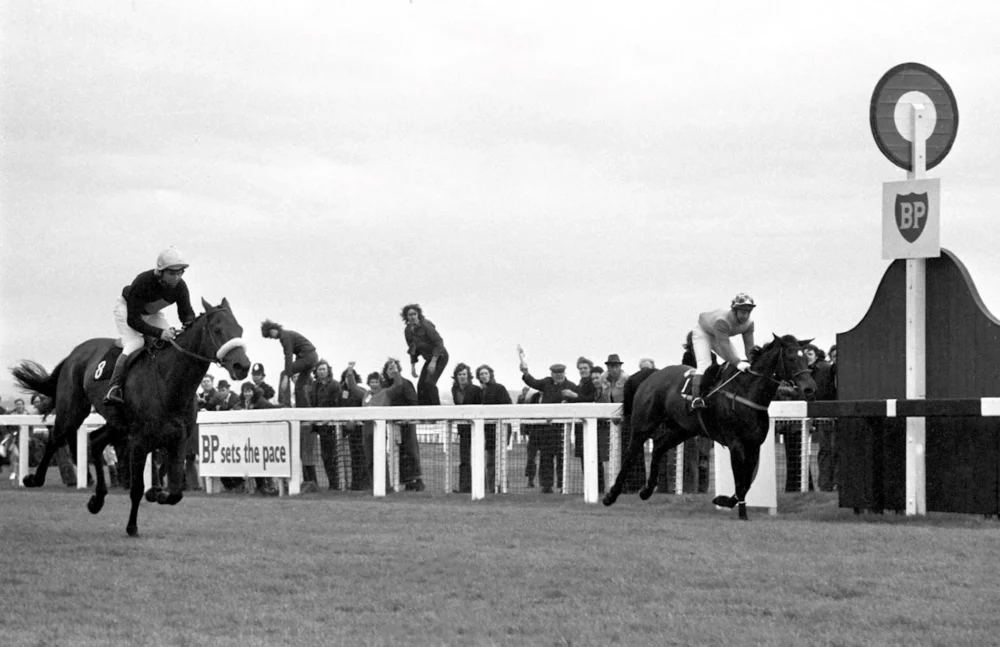
It’s hard to believe the Grand National has been going more than 180 years.
What started as a pretty undistinguished race, The Grand National at Aintree Racecourse has grown to become one of the greatest racing events of the year – and indeed, all time!
While around 70,000 fans will arrive at Aintree Racecourse to enjoy the event on Saturday, it’s reckoned that around 10 million people in the UK will watch it online and on telly – and that figure rises to a staggering 500 million across the world.
And here’s how it all started.
Origins
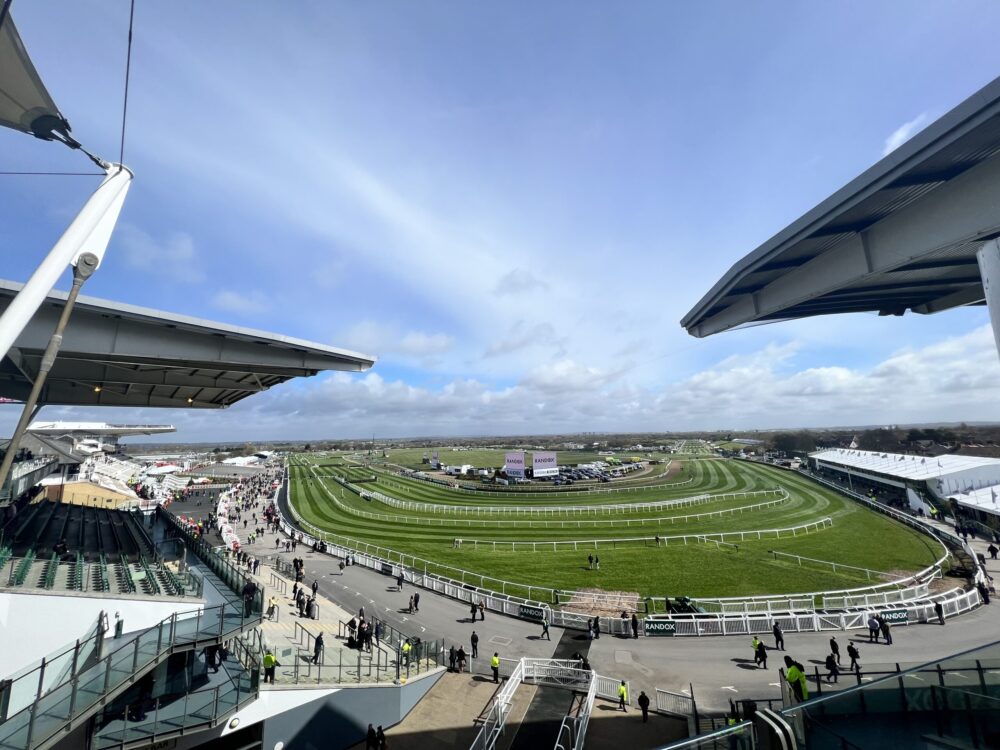
Steeplechasing itself came out of cross-country riding, in the days before Tarmac and proper roads and when galloping across the rolling hills and fields to get from A to B was quicker – and made more sense – than riding along winding country lanes.
Those journeys meant there were natural obstacles to be got over like streams, ditches, gates, and hedges… is this something that’s starting to sound familiar?
Such rides led to the creation of a cross-country competition on land leased from Lord Sefton on his Aintree estate, although there’s still debate as to when the race was first officially held at what is now Aintree Racecourse.
And it was off…
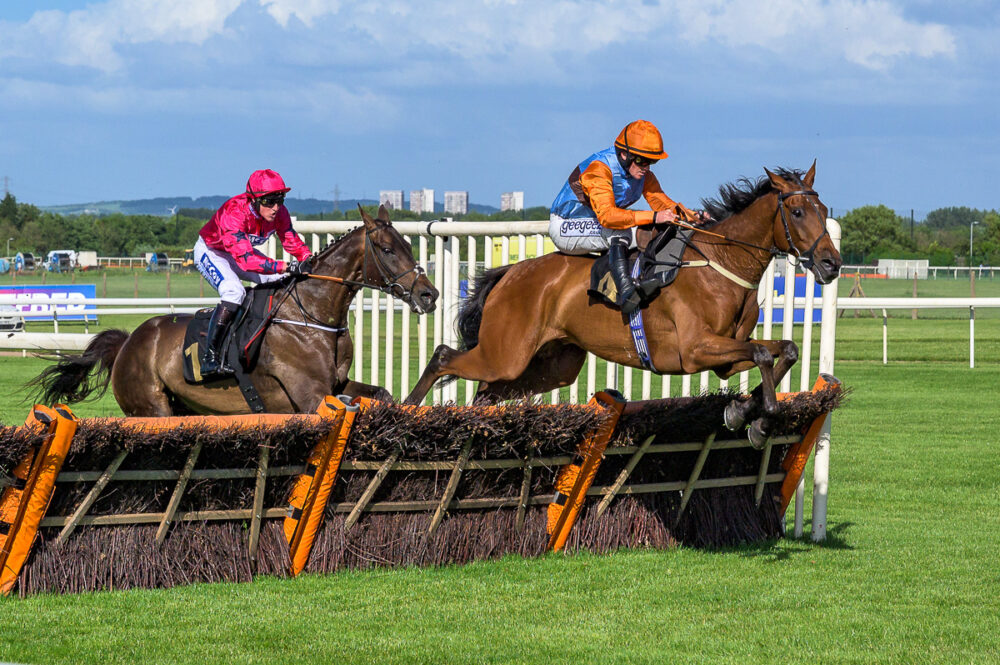
The first official Grand National is accepted as being 1839, when Lottery became the first winner of the Grand Liverpool Steeplechase, the race that would eventually become known as the Grand National.
Horses had to jump a stone wall, go across a stretch of ploughed land, and finish over two hurdles.
After the founder, hotelier William Lynn became ill, another member of the Aintree Committee that organised the race took over and made Grand National history. Edward William Topham, a respected handicapper, was responsible for turning the Grand National into a handicap in 1843 (it had been a weight-for-age race for the first four years).
The Topham family owned substantial land around Aintree and, in 1949, they bought the course from Lord Sefton, from whom the land had previously been leased since the racecourse’s opening in 1829.
Annual event
Other than in recent times (2020) when the National was cancelled due to the pandemic, the Grand National has been run annually – although, of course, there were other times when the famous race didn’t go ahead like from 1916 to 1918 and 1941 to 1945 when Aintree Racecourse was commandeered for more urgent matters.
When the going wasn’t good
It was a difficult period for Aintree in the post-war years and a sale to a property developer created concerns about the future of the National. But bookmaker Ladbrokes stepped in to manage the Grand National until 1984 when Seagram Distillers became sponsors, building a foundation on which Aintree’s revival was built. Today Aintree is owned and managed by Jockey Club Racecourses, one of 14 operated by The Jockey Club subsidiary.
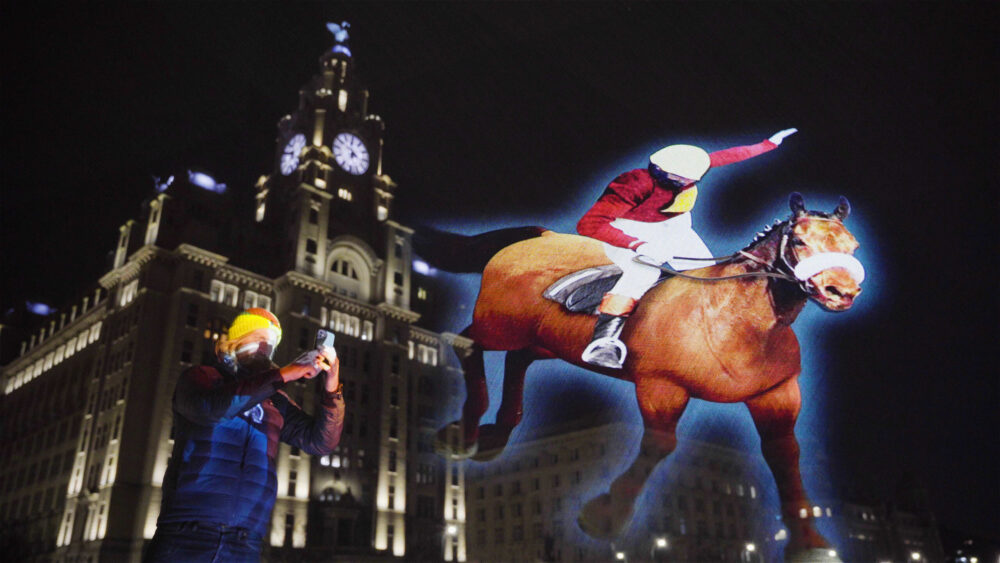
Stuff of legend
Throughout the years many dreams have been shattered – money won and lost – and legends born. One of greatest legends remains Red Rum who began his historic and record-breaking three victories at Aintree 50 years ago this year, in 1973. He remains the only horse to have won the Grand National three times.
Seven-figure prize fund
The 2014 Grand National boasted a seven-figure prize fund for the first time, which was replicated in the subsequent years. Today the winning horse will secure a 561,300 share of the £1m prize pot.


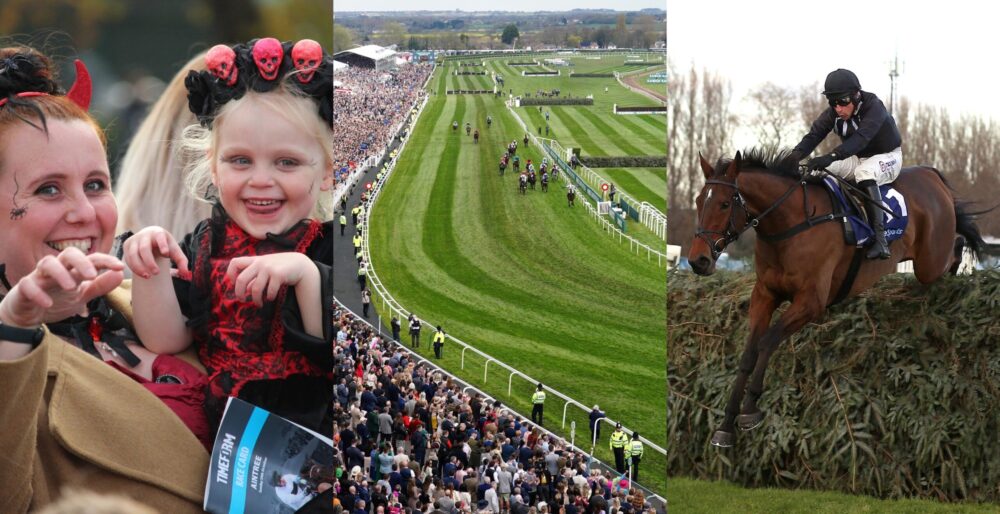
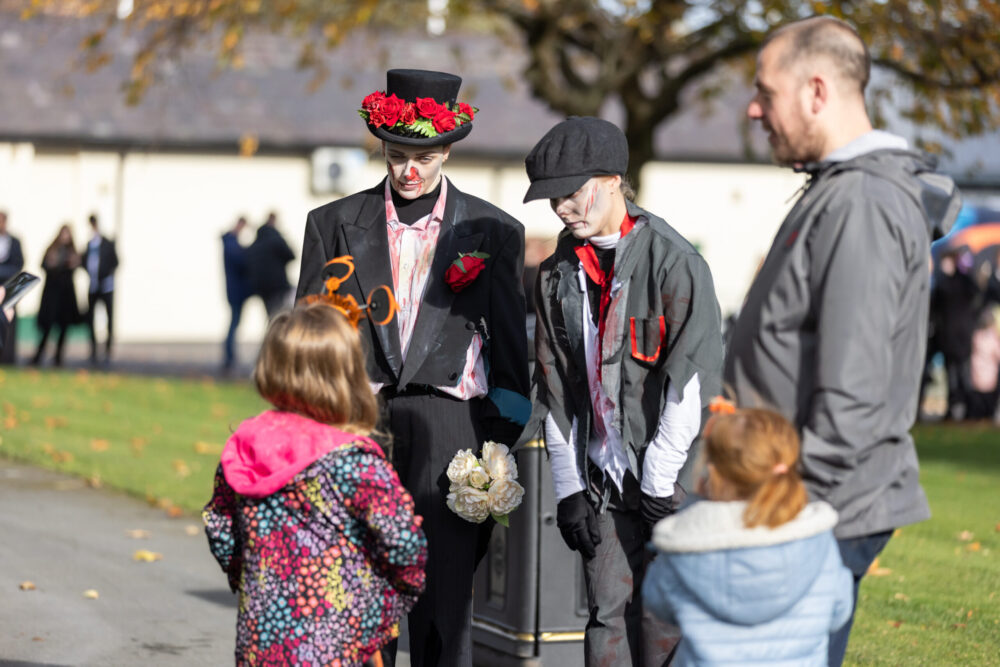
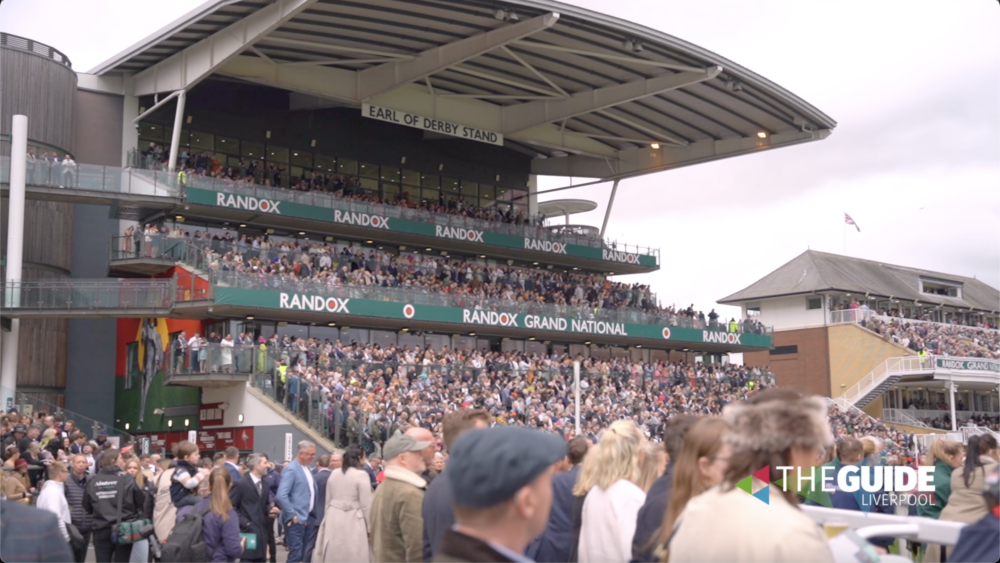
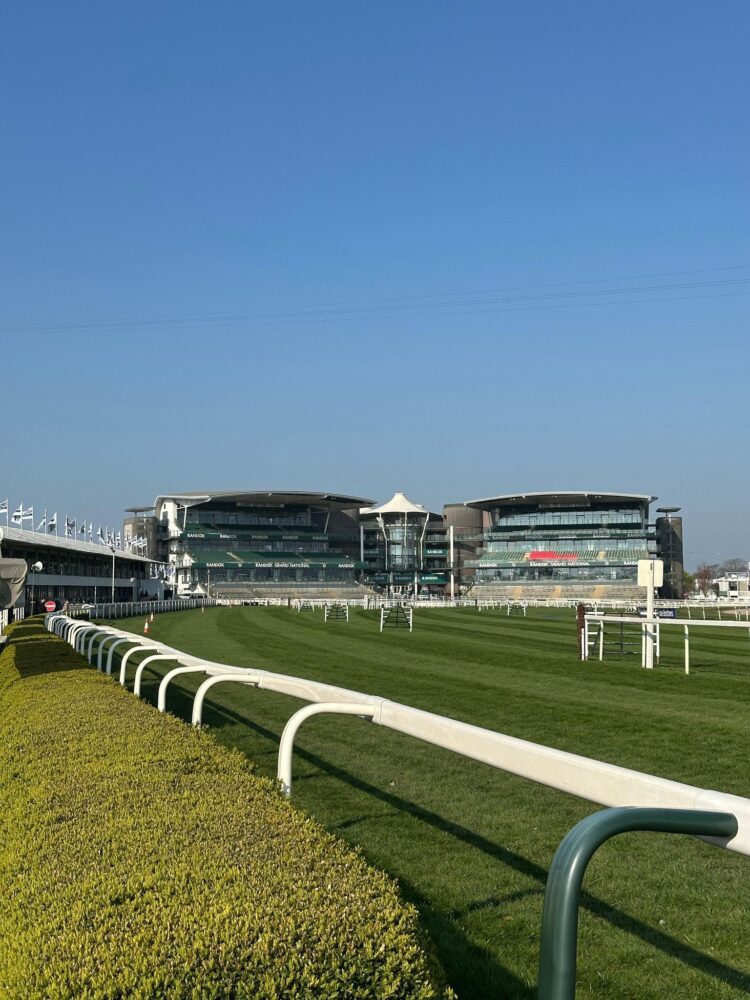

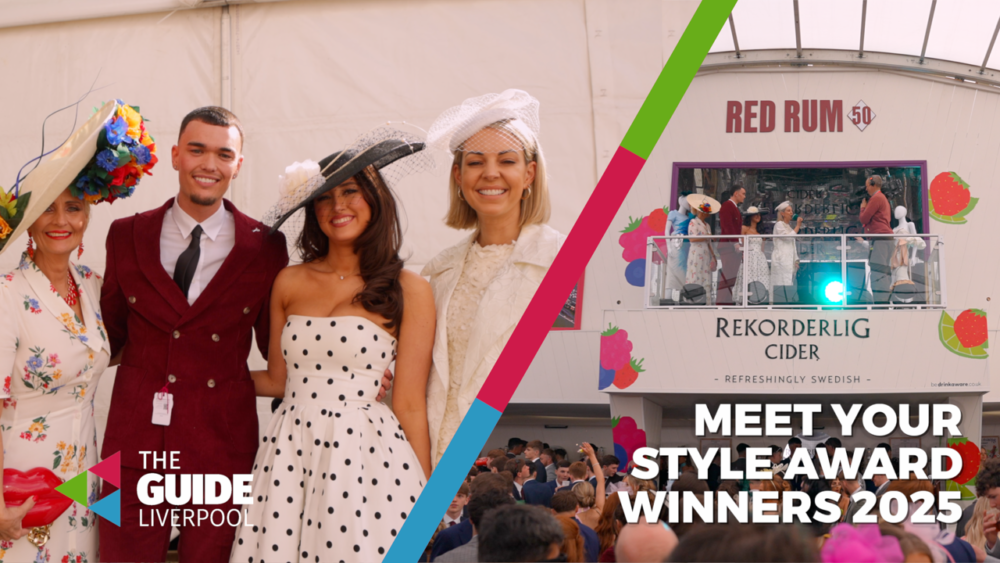
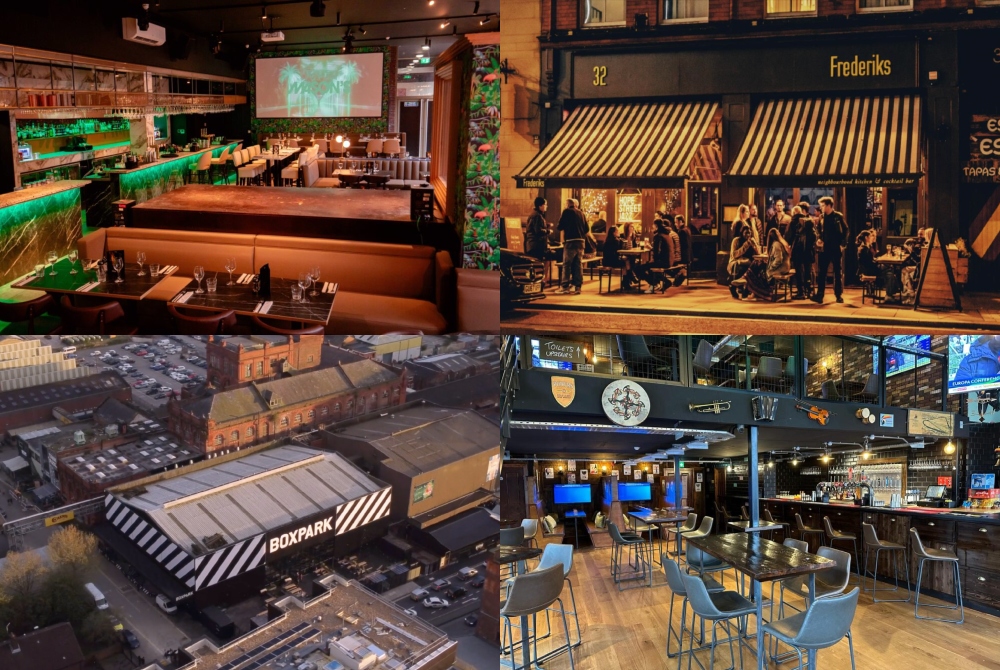
 Subscribe
Subscribe Follow Us
Follow Us Follow Us
Follow Us Follow Us
Follow Us Follow Us
Follow Us Follow Us
Follow Us











